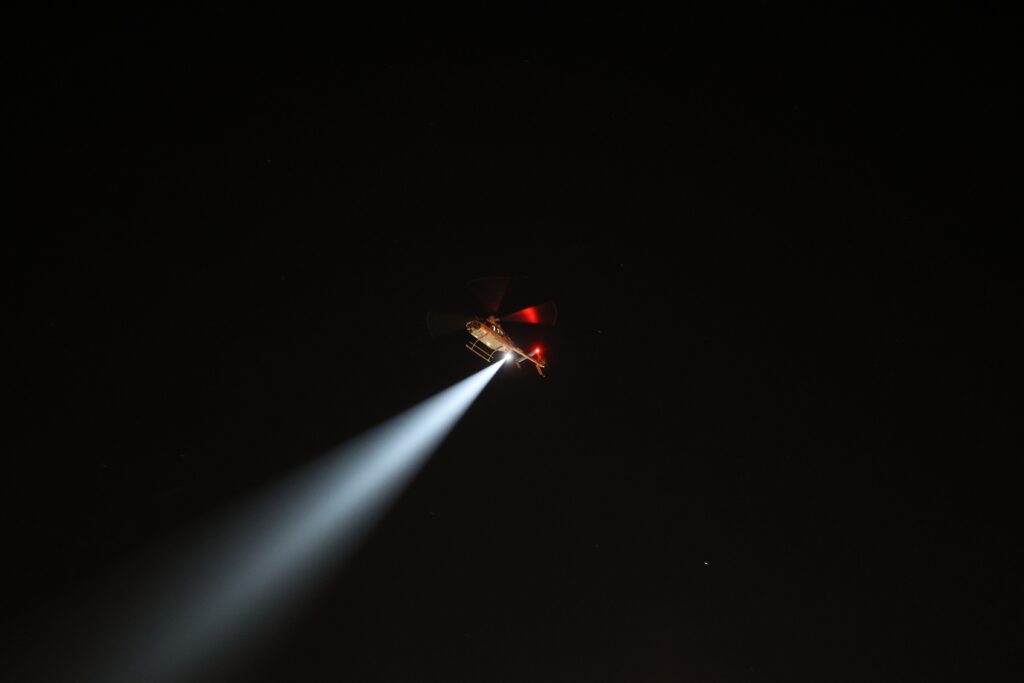IUU Technology over Treachery? Or Not Really… But Just Kind of a Cool Story with a Helicopter Chase?
Today’s Washington Post article, ‘A boat went dark. Finding it could help save the world’s fish’, follows a structure and narrative that illustrates a global Illegal, Unregulated and Unreported (IUU) fishing problem and then offers a technological solution involving data mining, in this case, vessel monitoring data from Global Fishing Watch.

Ironically, the article’s only illustration of active IUU fishing being foiled comes from an impressive set of moving graphics and a gripping 450-word tale of a vessel named the Oyang 77. But the high seas narrative, complete with a helicopter chase, ends quietly with this important quote, “Global Fishing Watch’s data did not help catch the Oyang 77.” So… yeah, there’s that.
What’s more, the most telling quote from Global Fishing Watch is one that actually thoroughly undercuts the pre-determined conclusion that commercial fishing is rife with IUU behavior, and that this technology is the fix.
“We thought we might have a pure illegal fishing story,” said Heather Welch, a NOAA affiliate and marine biologist at UC Santa Cruz, who led the research with Global Fishing Watch. “And it became very clear that that’s not fair to the fishermen, that that’s not the story we’re seeing here.”
IUU fishing is something that stakeholders and governments alike are working hard to eradicate. These reports continue to remind us of the work being done and the work that’s left to do. But broad-brush proclamations about the high seas being the unregulated wild west are inaccurate hyperbole that border on click bait.
NFI supports effective methods to combat the illegal fishing that does exist. NFI encourages regulators to move away from ineffective means, such as the Seafood Import Monitoring Program (SIMP), to initiatives, such as the biennial IUU fishing report, that have a chance of actually doing some good.


